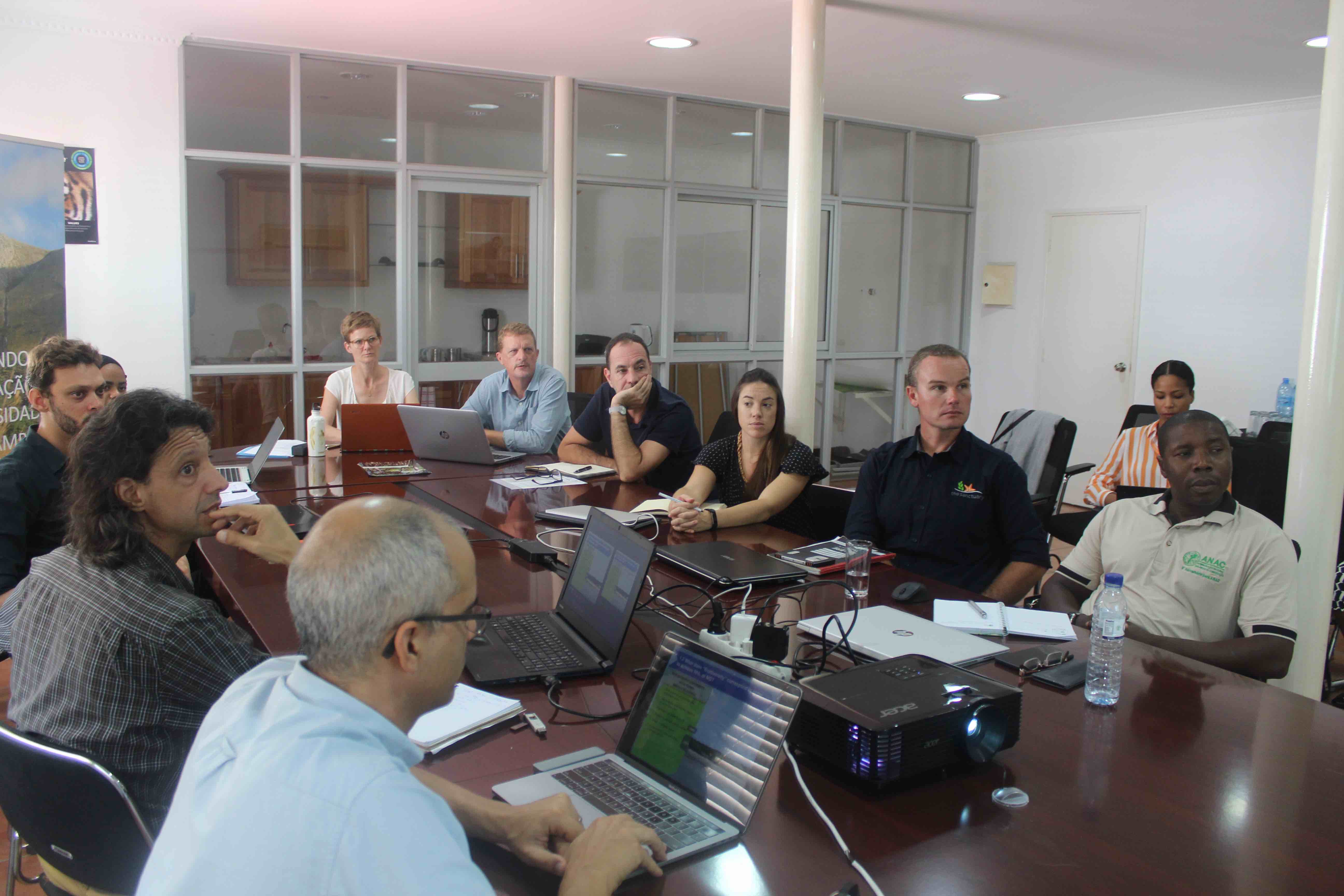WCS Mozambique host last week in Maputo a meeting to discuss the biodiversity offsets in Mozambique. The meeting had the following objectives: share knowledge and best practices from the implementation of the mitigation hierarchy around the world; introduce the current legal context for the implementation of the mitigation hierarchy and biodiversity offsets in Mozambique; and discuss on offsets feasibility inside existing Protected Areas and on how these can be used to expand or create new Protected Areas, contributing to the achievement of the conservation objectives of protected areas in Mozambique.
In Mozambique, the conservation areas are managed by the National Administration of Conservation Areas (ANAC) in collaboration with conservation partners – entitled protected areas co-managers in different collaborative models, all with the interest to support conservation and protection of these areas.
Despite the conservation efforts, economic growth is often in conflict with conservation goals in Mozambique. The mitigation hierarchy and biodiversity offsets attempt to resolve this conflict by requiring industries to compensate for the biodiversity loss they cause, by generating an equivalent biodiversity gain elsewhere. The correct application of the concept provides new opportunities for biodiversity protection and revenue streams for biodiversity conservation in Mozambique.
In 2019 WCS through COMBO Project and BIOFUND in partnership with the National Directorate of Environment (DINAB) have developed the Guidelines for the mitigation hierarchy according to the 54/2015 Decree. This document provides all the orientation for the development of the first regulation for offsets in Mozambique and provide technical guidance for an effective implementation of the concept in Mozambique. These guidelines are now being transposed to a specific regulation on the implementation biodiversity offsets in the country.
According to the guidelines, biodiversity offsetting activities should be aggregated to the protected areas network and may include I. Improvement, restoration and rehabilitation of habitats; ii. Restoration and reintroduction of populations of fauna and flora species; and iii. Reduction of human impacts on biodiversity within the PAs. All these activities could meet the objectives of an offset which would be to achieve gains in a specific type and amount of biodiversity to compensate for a set of specific residual impacts on this type of biodiversity where a certain development project was implemented. There is however unique biodiversity outside of protected areas that can be integrated into this scheme by expansion and creation of new protected areas categorized according to the Law of Protection, Conservation and Sustainable Use of Biodiversity in Mozambique (Law nº 16/2014 amended by the Law nº 5/2017).
Biodiversity offsets are not financial payments to support ongoing or planned conservation actions or the management of Conservation Areas. Biodiversity offsets are “real” conservation actions on the ground, which must result in specific and measurable conservation gains that need to specifically offset the residual impacts of a given project on biodiversity.
The business breakfast included a mix of presentations and a panel of discussions, using an open discussion model, where the facilitator presented the concept, experiences and status and invited participants to discuss offsets feasibility to support biodiversity conservation in Mozambique.

The meeting was attended by 25 people including government representatives from National Administration of Protected Areas (ANAC), and National Directorate for Environment (DINAB), conservation partners in Mozambique, namely, African Parks (AP), Fauna and Flora International (FFI), MICAIA Foundation, Peace Parks Foundation (PPF), Wildlife Conservation Society (WCS), Carr Foundation, the International Foundation for Wildlife Management (FFS-IGF), Santuário Bravio de Vilanculos and the Foundation for Conservation of Biodiversity (BIOFUND).